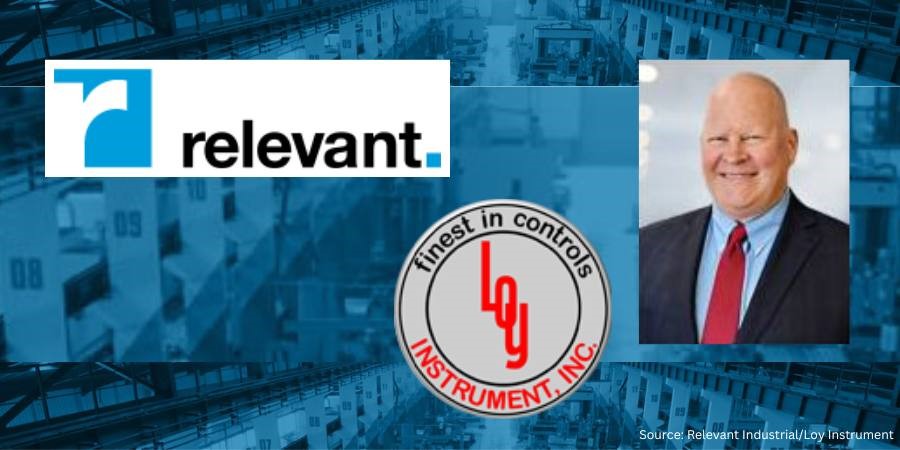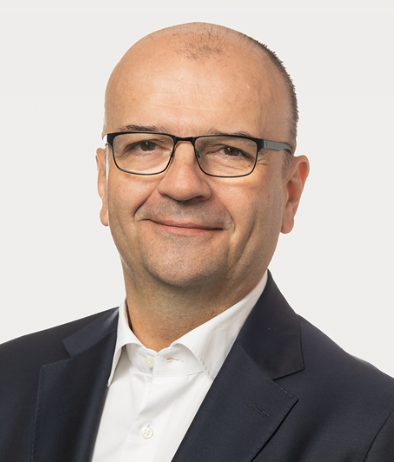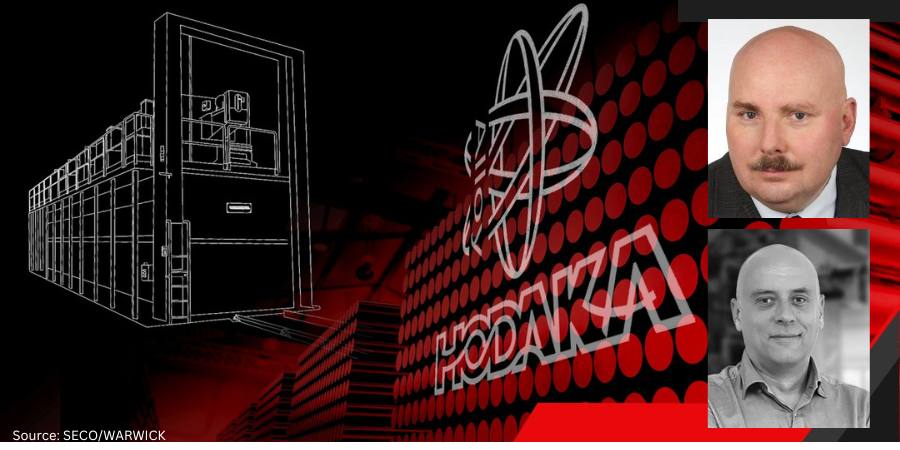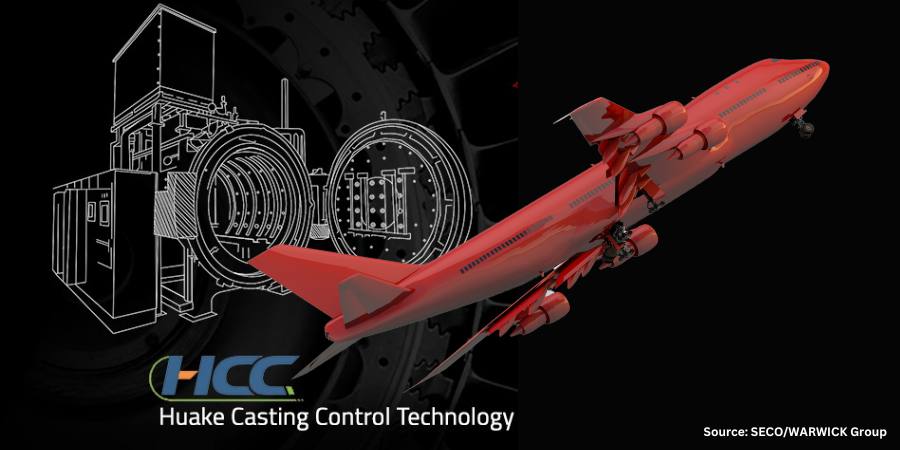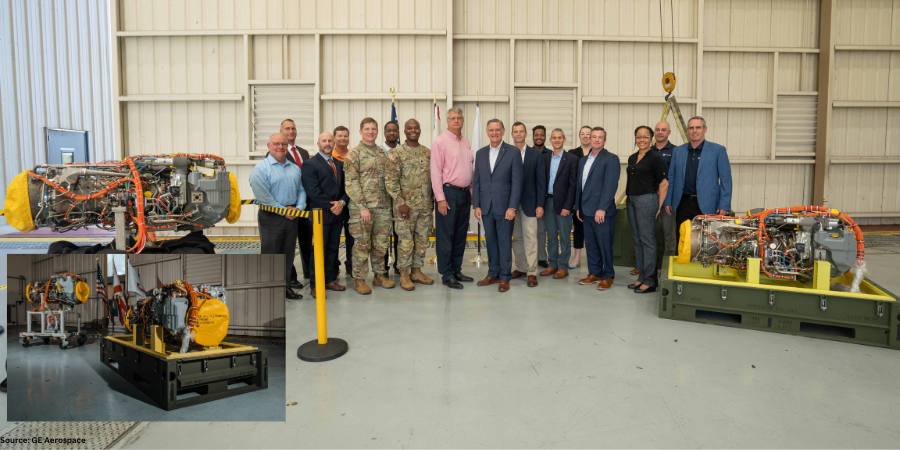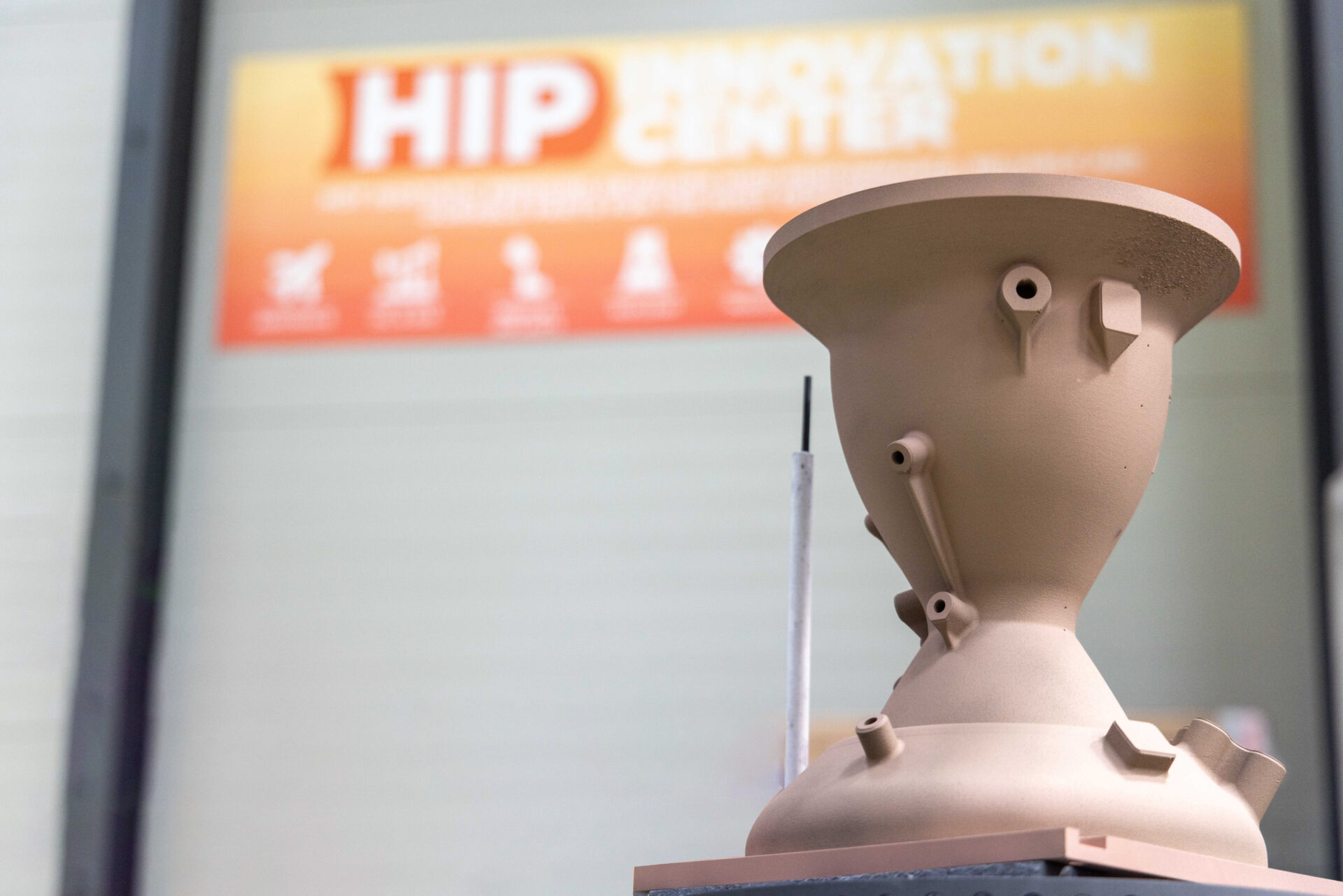US Heat Treater Adds Furnaces, Marquenching Capabilities
A commercial heat treating company recently added new furnaces and process improvements to its operations in order to serve manufacturers in advanced industries, including aerospace and defense. The improvements include a high-temperature oxidation furnace, a fully rebuilt furnace, and the expansion of marquenching capabilities.
Phoenix Heat Treating, based in Phoenix, AZ, has introduced a high-temperature oxidation furnace specifically designed for space components. This equipment has a maximum operating temperature of 1975oF and operates in an air atmosphere, providing the thermal stability and precision needed for the demands of aerospace applications and to serve the evolving needs of the space industry.
A fully rebuilt furnace has been reactivated in the company’s production lineup. This furnace is tailored for processing primary long Inconel 718 and A286 age cycles. With a maximum weight capacity of 2000 lbs., it handles heavy and complex loads with a goal of ensuring consistent and reliable results for critical nickel-based alloy applications and improving efficiency and capacity by increasing the number of Inconel 718 cycles per week.
Marquenching operations are also seeing an upgrade as materials have been ordered to increase load sizes from 25 lbs. per load to 250 lbs. per load. Expected to be complete by mid-February, this enhancement represents a tenfold increase in capacity, allowing Phoenix Heat Treating to achieve faster turnaround times and larger batch processing capabilities.
Additionally, a state-of-the-art freeze/temper unit has been brought online. This equipment is capable of reaching temperatures between -270oF and 200oF and will be a part of the company’s aluminum thermal cycling processes, enabling precise control over temperature profiles for optimal material performance. The new unit’s capacity is roughly double that of the previous maximum reached and will allow Phoenix to handle significantly larger loads and meet growing customer demand.
The press release is available in its original form here.
Find heat treating products and services when you search on Heat Treat Buyers Guide.Com
US Heat Treater Adds Furnaces, Marquenching Capabilities Read More »






